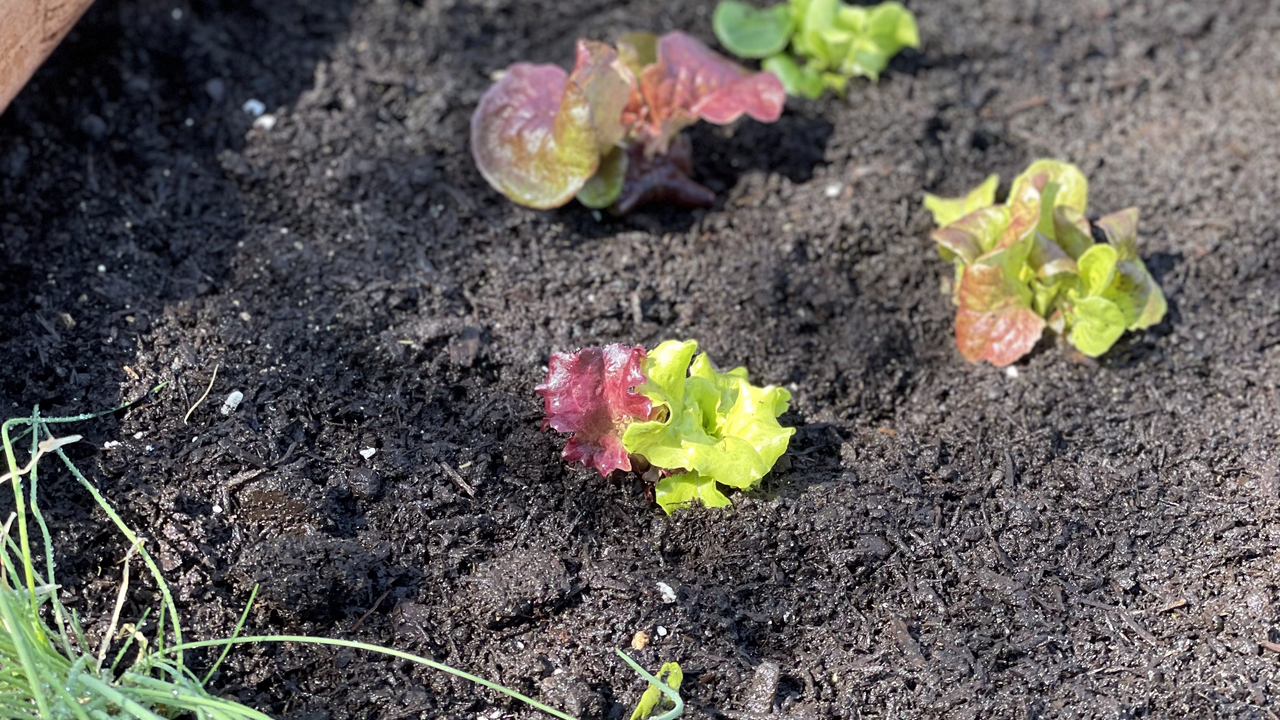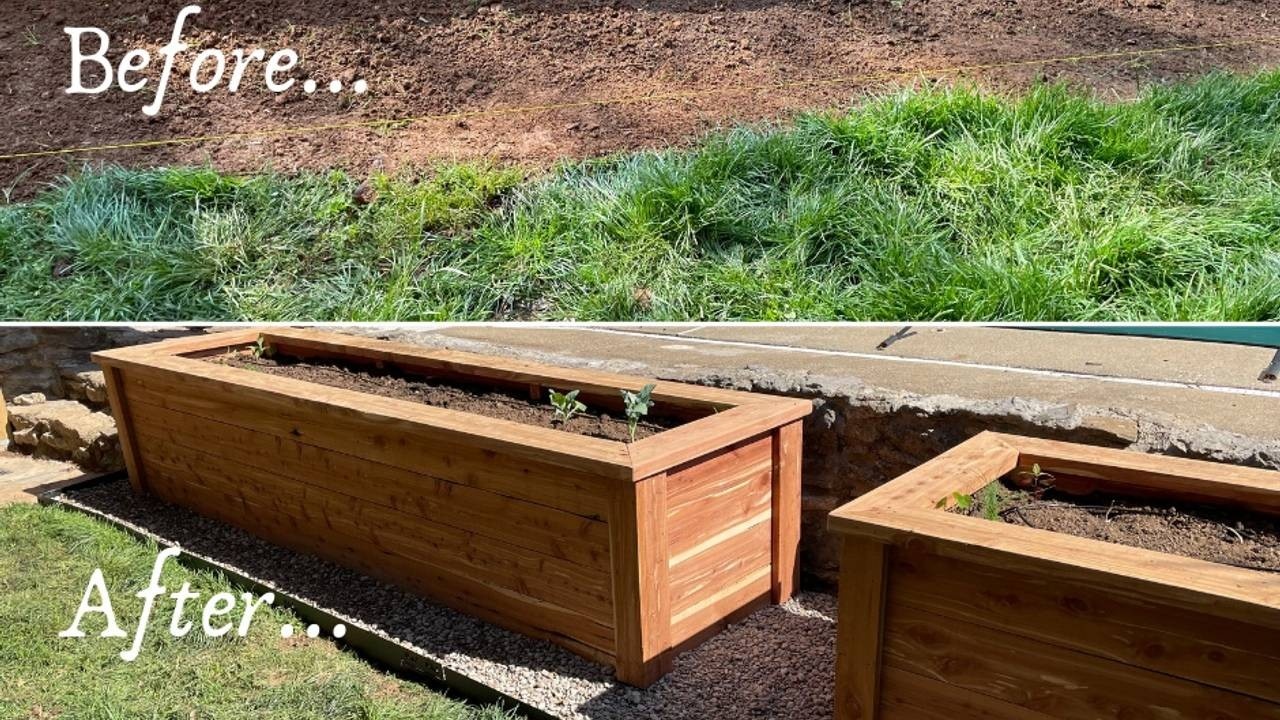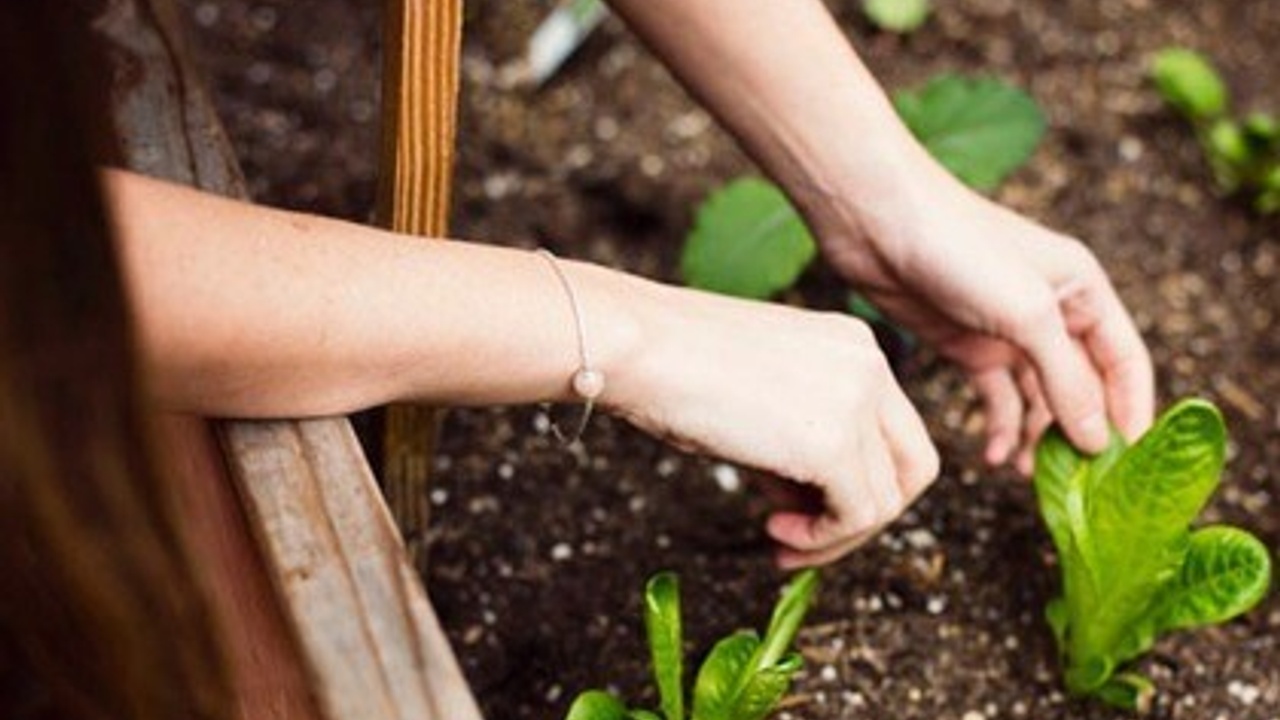Summerthyme Herb Workshop in Louisville, KY

|
|
|
|
How to Grow Garlic in Kentucky

Who else loves garlic? It's easy to grow. It stores well. It's a natural rodent & pest repellent. It has natural antibiotic & antifungal properties. And it's amazingly versatile in its culinary uses! Think whole roasted bulbs spread on fresh bread. Not to mention garlic scape pesto!
Garlic planting in Kentucky runs from October to mid November. It is a 9 month grower with several steps to consider for a successful experience. Let's get started!
Step One: Soil Preparation. Garlic likes loose soil with good drainage. If the bulb sits in wet conditions too long it can lead to root rot. Grow them in a raised bed or directly in the ground. Be sure to amend your soil with a plant or animal derived fertilizer rather than a synthetic. This will feed the microbial life in the soil increasing nutrient availability to YOU! Measure your square footage to determine the proper fertilizer application.
Step Two: Seed Selection. Select a garlic variety that is appropriate for your ...
10 Creative Ways to Save Home Gardening

When setting up your garden you may have grand ideas of saving money on groceries while eating organic and fresh! Then you start and realize that, especially in the first year or two, the grocery store prices aren't looking so bad. You have to buy tools, soil, raised beds (or material to make them), trellises, and it all takes time!
Don't despair because we have 10 tips to help you save money gardening and a promise that if you stick with it and invest the time and money now, in the years to come it will be worth it. Gardening really can be cheaper and better than shopping at the grocery!
1. Buy Quality
That is actually our first tip, invest now in quality that will last you your life time. If you can, buy quality materials to build your raised beds like the red cedar we use, or just buy quality raised beds. It will cost more upfront but it will last and you won't find yourself spending as much time on repairs or spending more money replacing them multiple times later on. Red cedar ...
The Trouble With Volunteer Tomatoes

Have you ever had little vegetable plants pop up in spots where you haven't planted anything? Or maybe you've seen a tomato plant amidst your squash. These are volunteer plants, plants that have sprouted from seeds that overwintered from the season before. It is common for these volunteer plants to be in the tomato family which can be very exciting, free tomato plants!
The best case scenario is that these volunteer plants are just like the tomatoes you planted last year but what people often don't consider is cross pollination. Some vegetable plants can cross pollinate with other plants in the same family. Cross pollination is when the pollen from one plant reaches the female flower of a different species in the same family of plants and creates a viable seed. An example of this in that animal kingdom is a ligar, a mix of a tiger and lion, which can then go on to mate with another liger, a tiger, or a lion and have more ligar babies. In the plant kingdom tomato plants in the Solanacea...
Bug Hit list Series: Squash Vine Borers Prevention

Identification:
The easiest to spot in your garden is the adult moth. They are bright red/orange with black stripes and black wings. If you see them then you know to look for eggs. The eggs will usually be found right at the base of your squash vine near the soil in little clusters. To me they look like mustard seeds. If you find eggs and moths start checking all your squash for holes in the base of the stem. If you find holes near the base with "saw dust" (crumbles of your vine from the borrowing) then you have an infected plant. Another way to identify these plant killers is by watching for morning wilt during your scout walks. If any of your vines specifically squash are wilted in the morning start checking for holes at the base of the plant.

Host Plants:
They are found primarily in squash vines but will also attack zucchini, pumpkins, and even melons. There have also been some reported sightings near potato plants though the larvae will not be there just the moth.
The D...
Tomato Season
If your hands are not coated in green resin, then your hands are not in your tomato plants NEAR enough. Tomatoes are amazing to have in your garden, but they can also be problem children because they are susceptible to a lot of diseases and pests. Get in your garden and get in your tomato plants business that is the secret to a successful tomato season, daily management. I know with summer our lives are getting busier especially mommas out there like me, I've got two beautiful girls 6 and 3 and summer means lots of time with them! I love all the extra time with my girls, but it also means I have to work harder to make time for my garden, one of my solutions is getting them in the garden with me. One thing they help me with is tomato care, tomatoes like kids need attention to grow and produce to their full protentional.
First things first, fertilize.
Tomatoes are takers, they need to draw lots of nutrients from the soil to grow and produce fruit. To help them out you should fertiliz...
10 Biggest Mistakes People Make When Starting Their Gardens in the Spring

Here are the ten common mistakes we want to help you avoid this spring so that you can start your garden off right this year, and you'll see the benefits all season long!
Number 1: Forgetting to tend to your soil
You must take care of your garden's base before you can even think about growing plants. That's why getting a soil test, making amendments, and adding fertilizer is so important! If the plants don’t have good soil to grow in you’ll be disappointed and can get frustrated by the lack of growth and progress. Before planting we like to add a plant or animal-based fertilizer like Fertrell brand - or anything organic. It’s a great granular fertilizer that allows the plant to take up the nutrients when it needs them! Whatever fertilizer you choose, it is important that it contains nutrients like nitrogen, phosphorus, and potassium. When adding your fertilizer make sure that the soil isn’t too wet. Spring is a rainy time so be patient and wait till your soil has dried out a bit on...
How to Elevate your Garden Vibe

Spring Garden To-Do's in the Louisville, Ky area

Ahhhhh! Tired of feeling confused by the endless information on the interwebs? The overwhelm is real. I felt the same way until I linked arms with my horticultural mentor and things starting making sense. He had local knowledge on growing all things edible in the Louisville, Ky area... Zone 6b.
So sit back, look no further, and take me into your garden this season. Hi! I'm Marlena Wolf - mom, entrepreneur, and edible gardening coach. My mission is to inspire, educate, and empower you to garden with success and retention in our area! (Click here for online course info + upcoming gardening club).
Let's get down to it. The birds are chirping, the days are warming up, and things are turning green. So what now? There are a few moving parts to focus on.
One - Garden area prep. Locate the space with the maximum amount of sunlight and water accessibility. Measure it - keep it manageable if this is your first year. If you are feeling confident, go big!
If it's a new sp...
Seed starting Indoors

*After* your seeds germinate be sure they stay moist, and *either* get 8 hours of *direct* sun OR 18 hrs of artificial light so they don’t get LEGGY!! Getting leggy or spindly means they are growing too quickly while searching for light. When this occurs, the stem becomes too weak to support the foliage and it falls over. The goal is to grow sturdy & strong seedlings, not thin and lanky.
Ps- they also gain strength with air flow from a gentle fan!
What has your experience been?👩🌾💪👊


